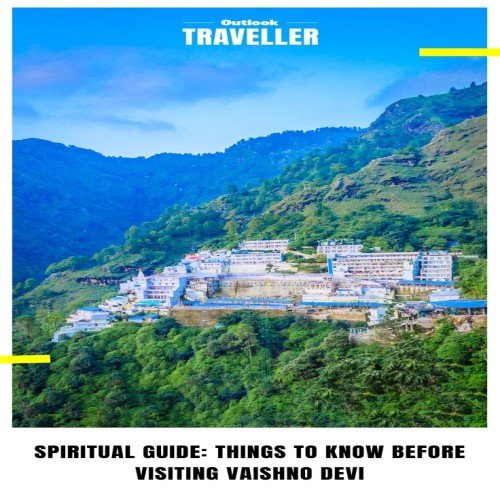Agra, a historical gem in India’s northern state of Uttar Pradesh, is a city that attracts millions of visitors each year with its rich cultural heritage and architectural marvels. Known primarily for the iconic Taj Mahal, Agra offers much more than this world wonder. From impressive Mughal architecture and lively markets to beautiful gardens and a blend of Mughal and Indian cuisine, Agra is an unforgettable experience.
1. The Taj Mahal: A Monument of Love
- Symbol of Love: Built by Emperor Shah Jahan in memory of his beloved wife Mumtaz Mahal, the Taj Mahal stands as one of the most beautiful architectural creations globally and is a UNESCO World Heritage site.
- Architectural Marvel: The mausoleum, crafted from ivory-white marble, changes hues with the day's progression – from a soft pinkish glow at dawn to dazzling white in the afternoon, to a golden tint at dusk.
- Visitor Tips: Visiting early morning or late afternoon is best to avoid crowds. Also, don’t miss the reflection of the Taj in the Yamuna River at sunset.
2. The Agra Fort: A Fortress of Power and Beauty
- Historic Significance: The Agra Fort, also known as the "Red Fort of Agra," is another UNESCO World Heritage site that represents the strength of the Mughal Empire. Built by Emperor Akbar, it served as a royal residence and a military base.
- Architectural Grandeur: Walking through the massive gates and intricate corridors of the fort offers a glimpse into the opulence of the Mughal era. The fort houses several notable structures, such as the Jahangir Mahal, Khas Mahal, and Diwan-i-Khas.
3. Mehtab Bagh: The Moonlight Garden
- A Serene Retreat: Situated across the Yamuna River from the Taj Mahal, Mehtab Bagh offers a unique, less crowded view of the monument. This garden, designed by Emperor Babur, was meant to be a riverside retreat.
- Perfect for Photography: Mehtab Bagh provides a great vantage point for photographers, especially for those wanting a different perspective of the Taj Mahal.
4. Tomb of Itimad-ud-Daulah: The Mini Taj Mahal
- Architectural Significance: Often referred to as the “Baby Taj,” this mausoleum is a precursor to the Taj Mahal and showcases intricate inlay work and pietra dura (a type of marble inlay). Built by Nur Jahan for her father, this tomb is a beautiful blend of Persian and Mughal architectural styles.
- Lesser Crowds: It’s quieter here, allowing visitors to appreciate the artistry and serenity of the place without the usual tourist hustle.
5. Fatehpur Sikri: The Abandoned Capital
- An Architectural Wonder: Just 40 km from Agra, Fatehpur Sikri is a must-visit for history enthusiasts. This ghost city, founded by Emperor Akbar, was once the Mughal capital before it was abandoned due to water scarcity.
- Key Highlights: The stunning Jama Masjid, Buland Darwaza (the highest gateway in the world), and the Panch Mahal, among other palaces, are a reminder of the Mughal Empire's architectural finesse.
6. Local Markets: A Shopper’s Paradise
- Sadar Bazaar: Known for handicrafts, leather products, and sweets like petha, Sadar Bazaar is the heart of Agra’s shopping scene. Visitors can find authentic souvenirs, local jewelry, and beautiful marble inlay artifacts.
- Kinari Bazaar: A vibrant market with traditional garments, bridal wear, and accessories. It’s the perfect place to explore for textiles and get a feel of local life.
7. Mughlai Cuisine: A Gastronomic Delight
- Savor the Flavors: Agra’s cuisine, heavily influenced by Mughal flavors, is a treat for food lovers. Try dishes like Mughlai kebabs, petha (a sweet delicacy), and various curries.
- Famous Eateries: Some popular dining spots include Pinch of Spice for Mughlai cuisine, Dasaprakash for South Indian, and Shankar Ji for local chaats and street food.
8. Travel Tips for Agra
- Best Time to Visit: October to March, when the weather is pleasant for sightseeing.
- Getting Around: Auto-rickshaws and battery-operated vehicles are common in Agra. Private taxis and guided tours are also available for convenience.
- Stay Safe: Like many tourist destinations, be cautious about overcharging and always negotiate prices in local markets.
9. Conclusion: Agra – A Timeless Journey
Agra is a city where history, love, and art converge to create an experience that lingers long after you leave. Whether you're a history buff, an art lover, or simply someone enchanted by the idea of love immortalized in stone, Agra has something for everyone. The city’s vibrant blend of Mughal heritage and modern Indian culture makes it a destination worth exploring and remembering.



